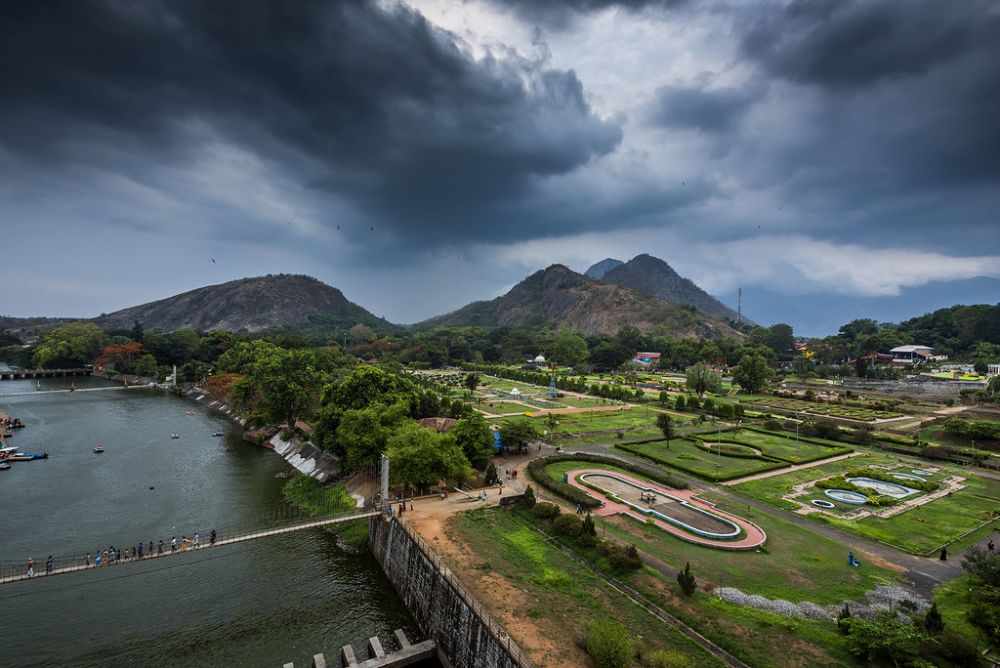

Palakkad, also known as Palghat, is a vibrant city located in the state of Kerala, India, which is rich in history, culture, and natural beauty. The city is renowned for its picturesque landscapes, historical monuments, and as a gateway to Kerala from the neighboring state of Tamil Nadu, thanks to the Palakkad Gap, a mountain pass in the Western Ghats.
The history of tourism in Palakkad can be traced back to the times when it was under various ruling dynasties, including the Zamorins, Vijayanagara Empire, and the British East India Company. Each left behind a legacy that has continued to attract tourists from all over.
Dotted with ancient temples, such as the Kalpathy Temple, and historical forts like the Palakkad Fort constructed by Hyder Ali in 1766, the region's early tourism appeal lay in its rich cultural and architectural heritage. The influx of pilgrims for temple festivals and history enthusiasts provided an initial boost to the local hospitality sector.
The tourism industry in Palakkad began to develop more rapidly in the latter half of the 20th century, as the Indian government and Kerala state authorities started promoting Kerala as a must-visit destination. Initiatives such as 'God's Own Country' and 'Kerala Tourism' put places like Palakkad on the tourism map.
Investments in infrastructure further facilitated this burgeoning industry. Accessibility improvements, such as upgrades to roads and the construction of hotels and resorts, were crucial. The development of the Malampuzha Dam and Garden in the 1950s also became a significant tourist attraction, symbolizing a shift towards eco-tourism and leisure travel.
With its verdant paddy fields, the district is often referred to as the 'Granary of Kerala', and agritourism has become a growing trend. Visitors often travel to experience the traditional rural lifestyles, organic farming practices, and to enjoy homestays with local families which offer an authentic taste of Kerala's hospitality.
Adventure tourism is also on the rise with the availability of trekking routes in the Nelliyampathy Hills and Silent Valley National Park, adding to the region's diverse attractions. The Silent Valley hosts an array of endemic wildlife which makes it popular among nature lovers and wildlife photographers.
The latest trend in Palakkad tourism includes a focus on sustainable and responsible tourism practices that aim to preserve the natural environment and local culture. The use of digital platforms and social media campaigns have also been significant in promoting Palakkad to a global audience, attracting new demographics such as solo travellers, digital nomads, and wellness tourists seeking Ayurvedic treatments that Kerala is famed for.
With the wellness industry on the rise, particularly post-pandemic, Palakkad is becoming a sought-after destination for those wanting to reconnect with nature and experience traditional healing practices. The district’s tranquil environment is the perfect setting for rejuvenation programs and yoga retreats, complementing the cultural richness that the region has offered for many years.
In conclusion, the history of tourism in Palakkad has spanned centuries, evolving from a focus on cultural and heritage attractions to embracing eco-tourism, adventure travel, agritourism, and wellness experiences. With continual investments and a dedication to sustainable practices, Palakkad remains a unique and vibrant destination in Kerala's tourism landscape.